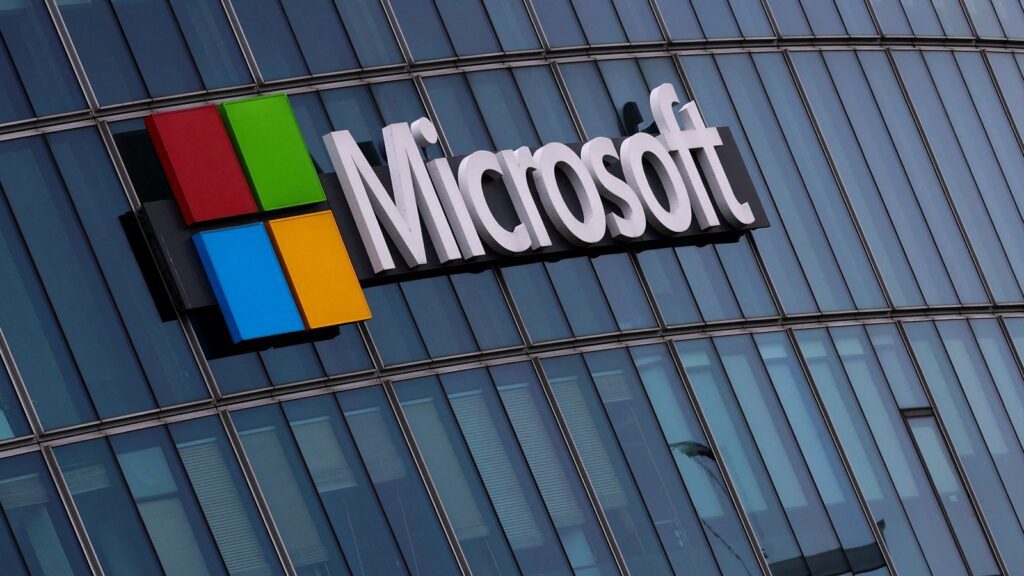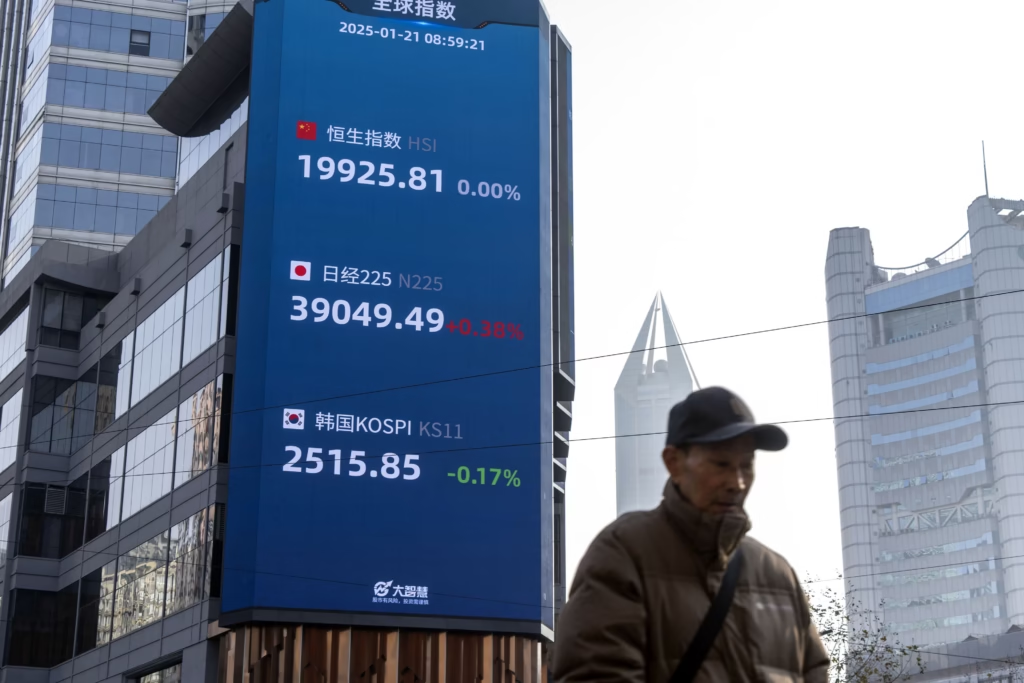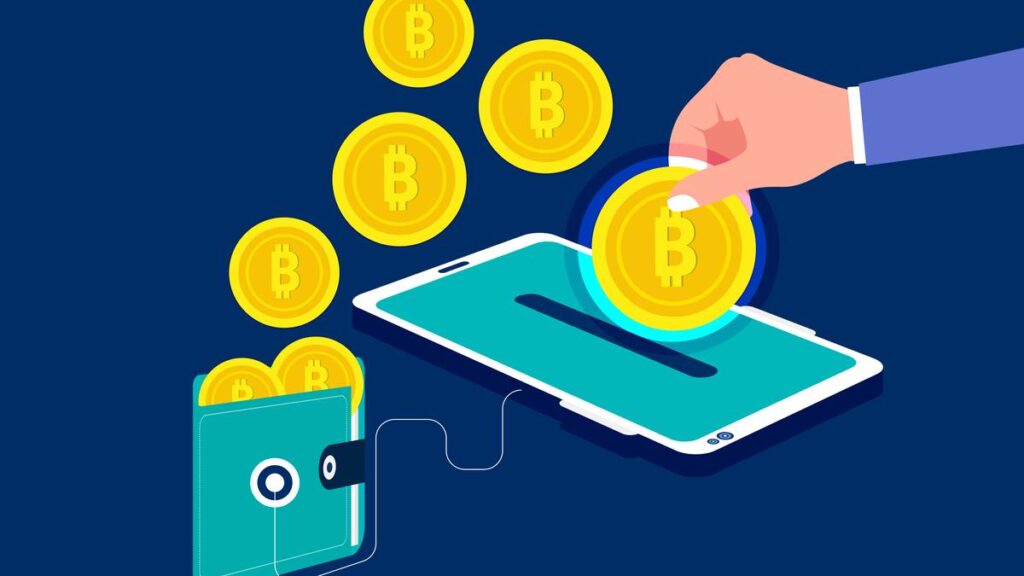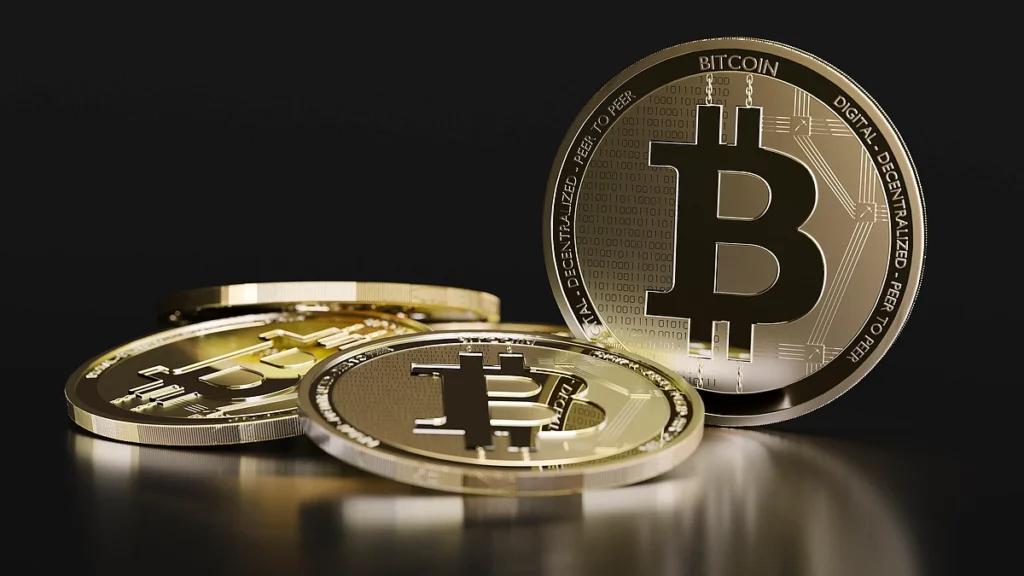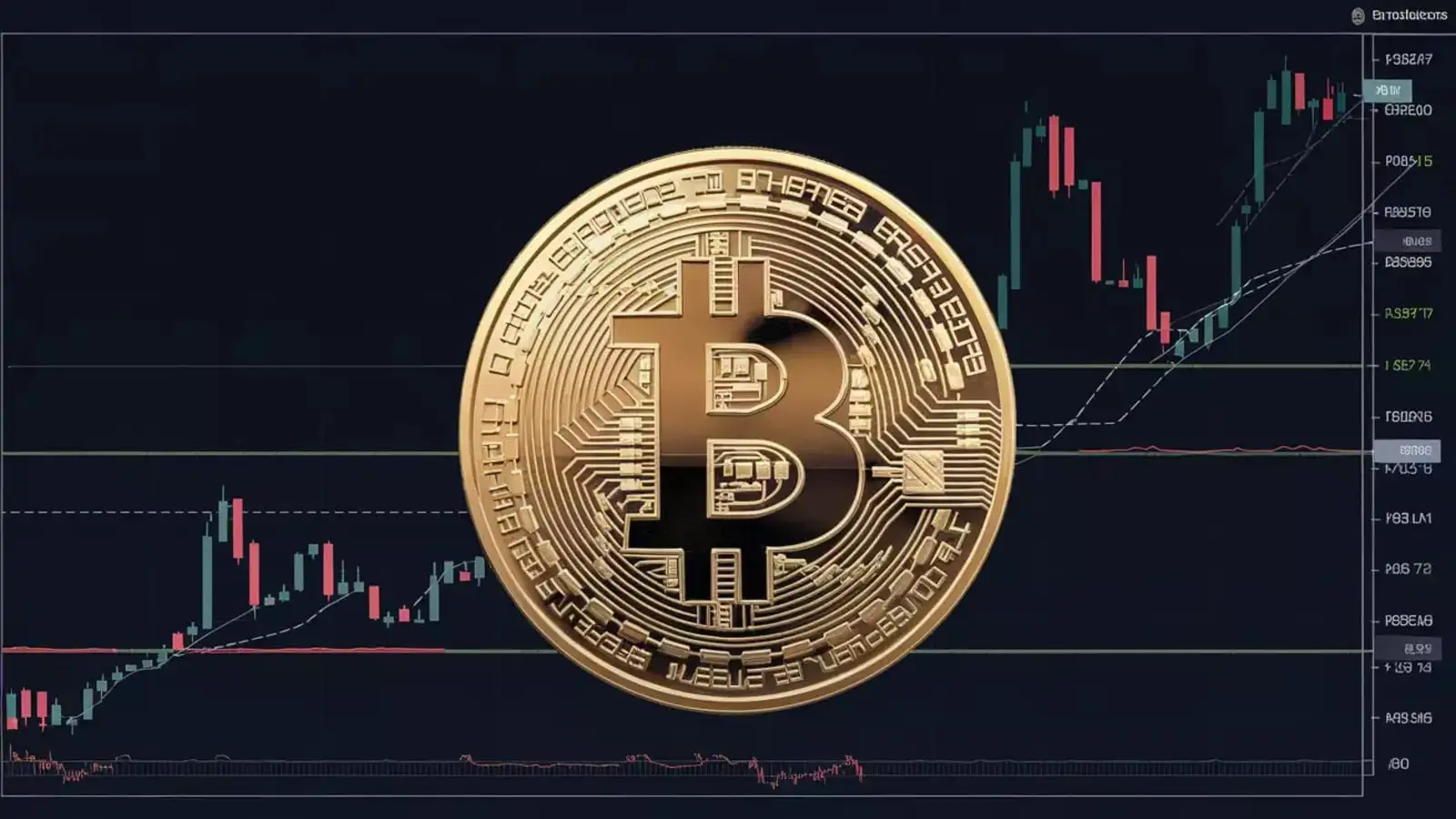Now Reading: Low-cost altcoins to watch in 2025: Are they worth the risk?
-
01
Low-cost altcoins to watch in 2025: Are they worth the risk?
Low-cost altcoins to watch in 2025: Are they worth the risk?

As the popularity of cryptocurrency grows across India, many small investors, especially in Tier 2 cities, are turning their attention to low-cost altcoins. These digital tokens, often priced at just a few rupees or even less, appear attractive because they allow entry with minimal capital. The question is whether these coins carry genuine growth potential or if they are simply risky bets that could vanish as quickly as they rise.
Why small investors prefer low-cost coins
For first-time traders in cities like Nagpur, Indore or Lucknow, the affordability of altcoins is a key attraction. Unlike Bitcoin or Ethereum, which cost thousands, altcoins give the sense of owning more units for a smaller investment. This psychological factor drives many newcomers who hope that one day the value might multiply. Social media buzz and community-driven hype also play a role in making certain coins popular.
Potential upside in 2025
Some low-cost altcoins have shown consistent development and growing adoption. Tokens linked to payment networks, gaming platforms, or decentralized applications continue to find new uses. If these projects expand in real-world applications, early investors could see solid returns. For example, coins with strong backing, clear roadmaps, and active developer teams may hold better long-term potential compared to speculative tokens.
The risks investors often ignore
Volatility remains the biggest challenge. Prices of altcoins can double in days and crash just as quickly. Many tokens survive only on hype without real utility. For small investors, this means they may lose savings if they follow trends blindly. Another concern is regulation. With India’s taxation rules already strict, low-cost coins do not escape scrutiny. If policies tighten further, the value of such investments could face additional pressure.
What Tier 2 traders should keep in mind
Investors from smaller cities often rely on online groups and informal advice, which may not always be accurate. It is important to differentiate between coins with genuine technology and those built purely for speculation. Before investing, one should check the project’s transparency, whether it is listed on trusted exchanges, and how active its community is. Even small investments should be tracked and reported for tax purposes.
Balancing ambition with caution
Low-cost altcoins offer the dream of high returns at a low entry price, but they also carry outsized risks. Smart investors treat them as part of a diversified approach rather than the only focus. Putting all savings into such assets is rarely wise. Instead, setting limits and being ready for both gains and losses is a more sustainable strategy.
Conclusion
Low-cost altcoins in 2025 will continue to attract attention, especially among India’s new wave of small-town investors. They provide a gateway to crypto markets at minimal cost, but they also demand careful judgment. The real choice for investors is not whether these coins are affordable, but whether they are reliable. Success will depend on balancing curiosity with caution, and treating altcoins as opportunities with both potential and pitfalls.






